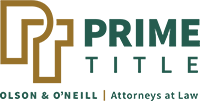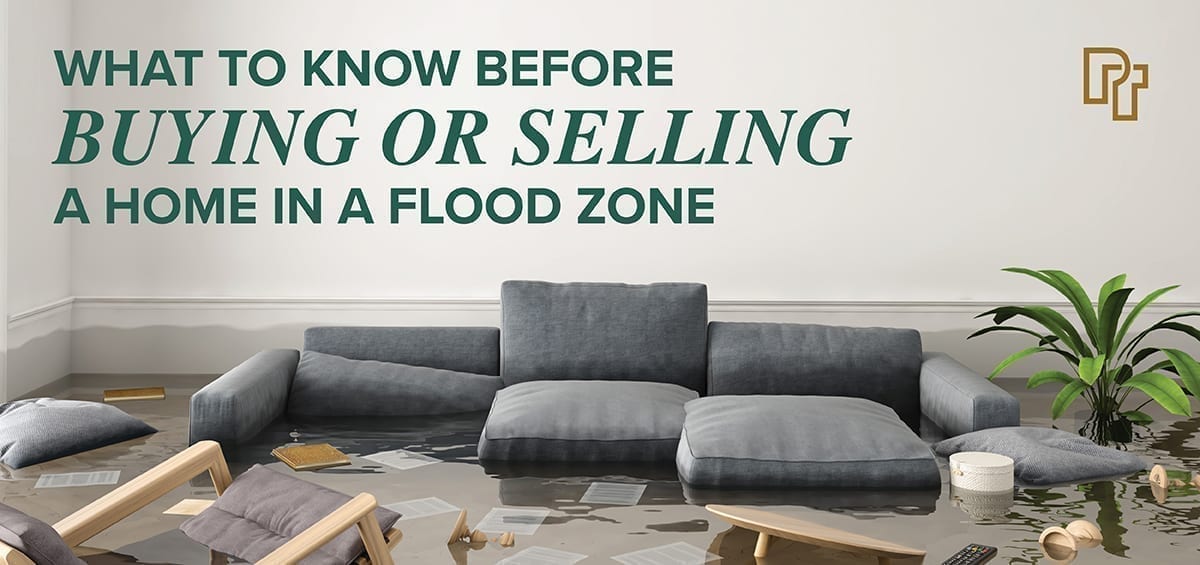Trying to sell your home that is in a flood zone? Or did you find your dream home to purchase and it happens to be in a flood zone? Neither situation is cause for panic, but they are cause for caution. You need to do your due diligence. It’s important that you recognize and understand the potential hurdles you will have to overcome before completing the transaction.
Here are the most critical issues you will need to consider as a buyer.
The Flood Zone in Which the House is Located
The Federal Emergency Management Agency (FEMA) has three tiers for flood zones broken down by the likelihood that the area will flood. When researching a home’s flood zone, reference FEMA’s Flood Service Map Center which allows you to search out a property’s flood zone by address. This information is important to know because it dictates whether or not a lender will require you to purchase flood insurance to take out a loan.
Flooding Can Happen Anywhere
Just because the home isn’t in an area with a high risk for flooding doesn’t mean it won’t flood. In fact, FEMA says about 25 percent of flood claims come from low-to-moderate risk areas. And flood maps are constantly changing to reflect changes in risk. New housing and commercial developments as well as the construction of new roads impact risk and the flood maps. So just because you aren’t in a flood zone now doesn’t mean the home won’t be in the future.
The Cost of Flood Insurance
Homeowners insurance policies do not cover flooding. So, even if you aren’t buying in a high-risk area and the bank isn’t requiring it, you may still want to consider purchasing flood insurance.
Most flood insurance policies are subsidized through FEMA’s National Flood Insurance Program (NFIP) and the majority cost less than $700 a year. However, that number does increase in higher-risk areas. Because this cost is in addition to the homeowners, it’s important to know before committing to buy.
You Will Need an Elevation Certificate
If the home is located in a flood zone, your lender and insurance agent will likely require a flood elevation certificate to determine the risk of flooding. It contains information about the property’s location, characteristics, and elevation compared to the estimated height of expected floodwaters. It’s a valuable piece of information that may help you decide whether or not you want the risk of buying a home in a flood zone.
If you are selling your home that is located in a high-risk flood zone, there are some things you can do to help minimize the risk to buyers and entice them to purchase the home.
● Cover the cost of the flood insurance premium for the first year.
● Be transparent about the home’s history of flooding.
● Price the home accordingly based on flood zone and risk.
● Make home improvements that mitigate flooding risk, such as elevating the home, lifting utility systems, installing floodwalls, and installing flood vents in crawl spaces.
● Ensure the roof is top condition and keep gutters clean.
Buying or selling a home in a flood zone isn’t insurmountable. It just requires a little extra time and effort by everyone to mitigate the risks as much as possible.







